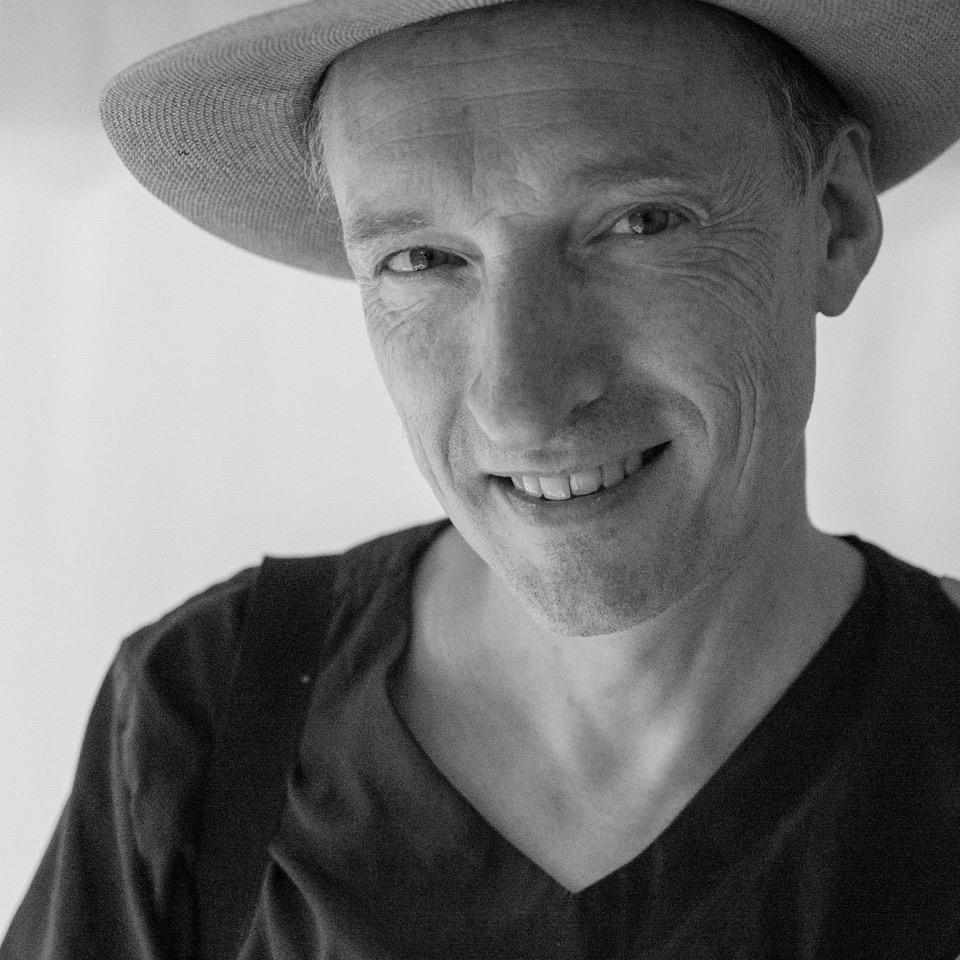BIO

In an age defined by speed, Joost Gerritsen makes a case for slowness—for observation, for intimacy, for the quiet relationships between objects. The Dutch-born artist, who has lived and worked in the rugged countryside outside Valencia, Spain since 2006, moves fluidly between photography and drawing, assembling small, atmospheric worlds that speak to memory, place, and perception.
Gerritsen’s practice has long been rooted in the act of looking. A graduate of the A.K.I. Academy of Fine Arts in Enschede, the Netherlands, he first gained recognition for his drawing, often developed in collaboration. In the early 1990s, while living in Amsterdam, he co-founded the “Drawing Club” with his cousin, the sculptor Merijn Bolink. Each week, artists gathered to sketch large-scale still lifes—part installation, part improvisation—constructed from unfinished artworks and found materials. These compositions, far removed from traditional fruit-and-bottle arrangements, resembled miniature stage sets: temporary, strange, and full of tension.
After relocating to Spain, Gerritsen returned to photography—a medium that had remained quietly present in his life but never fully foregrounded. That changed in 2017, when he joined Col·lectiu Penja’m, a loose collective of dancers, musicians, and poets who met monthly in Valencia to improvise performances. Gerritsen began photographing these sessions in dimly lit bars, working in the shadows. But his role was never that of a documentarian. His images, often blurred, fractured, and filled with motion, were as much part of the performance as the sound or movement—“a still image,” he says, “that speaks in the same language as dance.”
The theme of relational presence carries through to his still-life photography, which has emerged in recent years as a central part of his artistic identity. The works are modest in scale but emotionally charged—assemblages of natural and discarded objects collected during his long walks through the Serranía. “I try to find the true character inside these objects,” Gerritsen says. “Like a family with different personalities, they show themselves depending on how they’re arranged.” His still lifes are less about symbolic meaning and more about atmosphere—about the delicate tensions between form, space, and silence.
Gerritsen is also a member of The Ground Collective, a London based group of artists and a poet who create work in response to their daily walks. Their practice—walking, collecting, creating—is rooted in noticing the world’s subtle offerings, a sensibility Gerritsen shares. The group meets regularly online and exhibits annually in the UK, with future plans for shows in Spain.
Drawing remains a parallel track in his work, though the approach is markedly different. On his walks, Gerritsen photographs shapes and shadows in stark black and white, later transforming them in the studio into abstract, colorful compositions. The process is one of translation: from photograph to memory, from memory to mark. These drawings, though rooted in the visible world, become autonomous forms—free from the burden of representation.
Whether through photography or drawing, Gerritsen’s art is an act of quiet assembly. It speaks softly, asking the viewer to lean in, to slow down, to notice the overlooked. In his hands, the still life lives.
